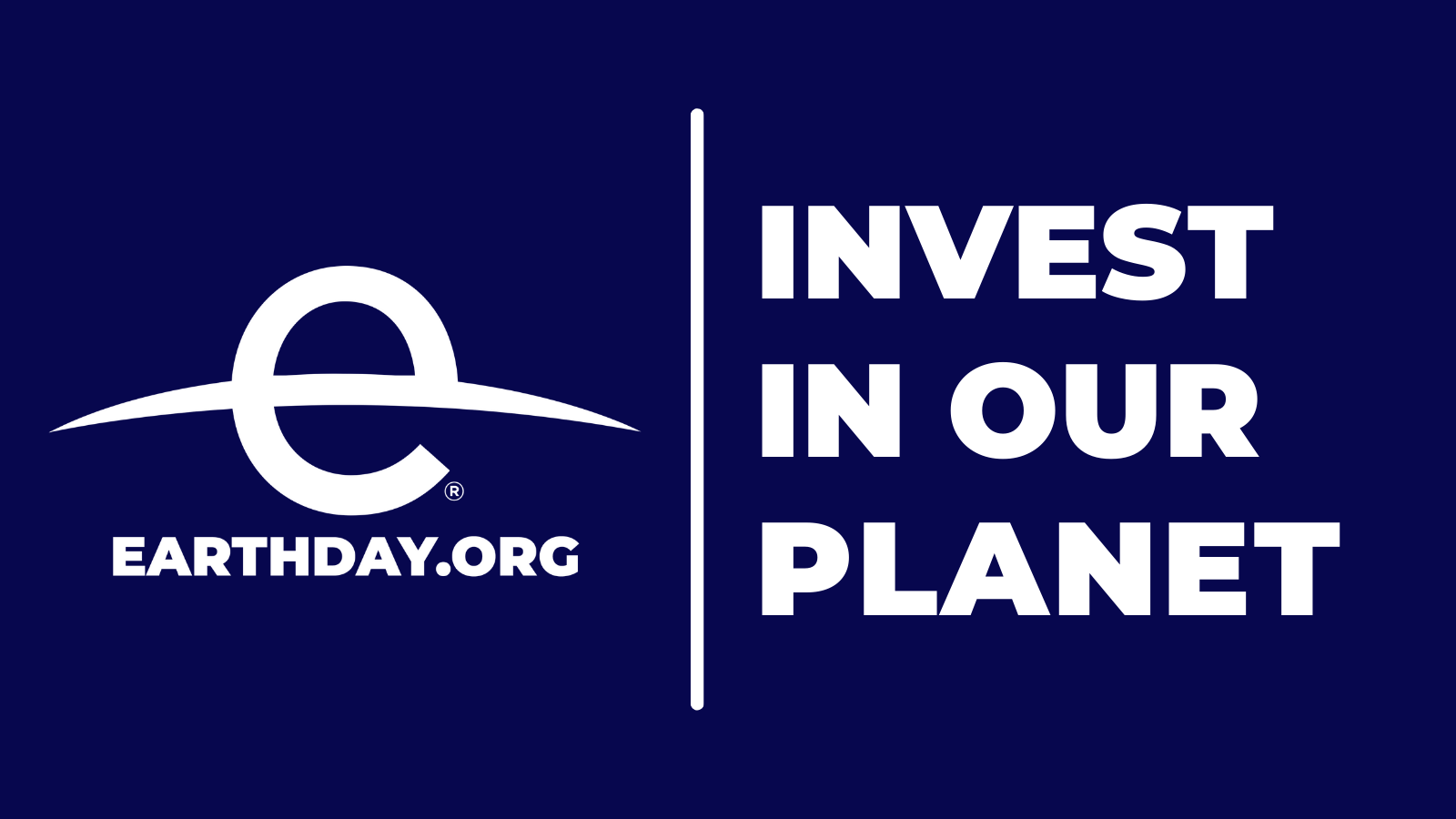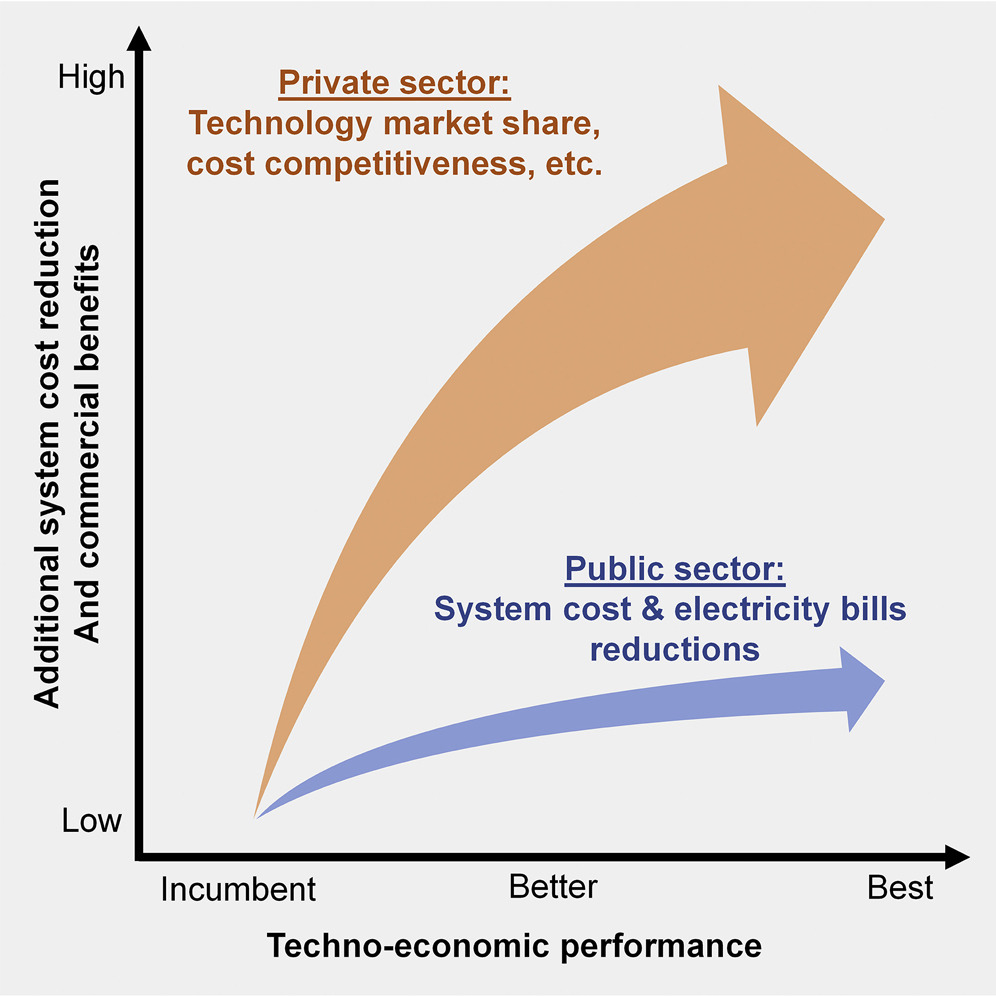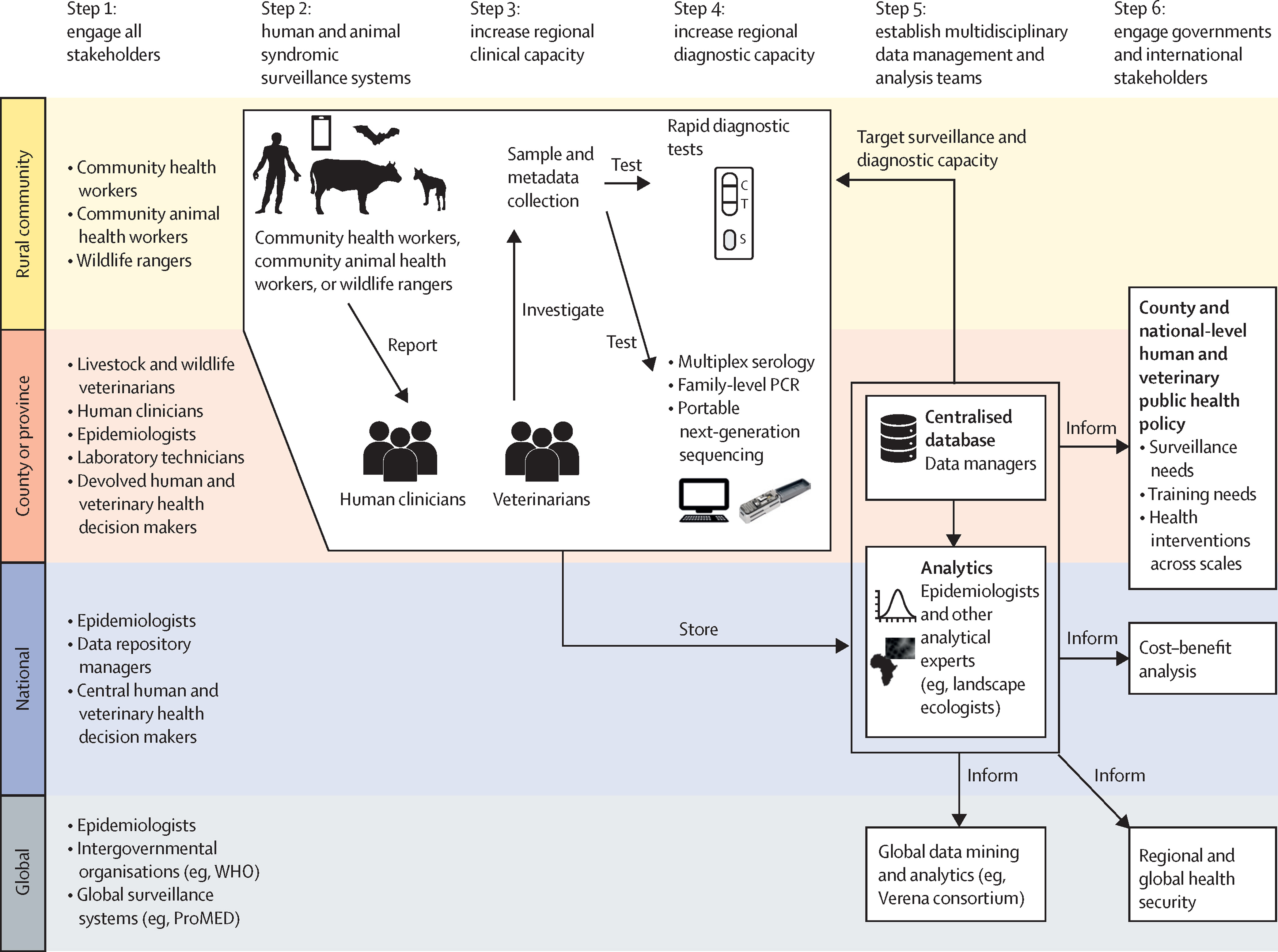Background: Human impacts on earth-system processes are overshooting several planetary boundaries, driving a crisis of ecological breakdown. This crisis is being caused in large part by global resource extraction, which has increased dramatically over the past half century. We propose a novel method for quantifying national responsibility for ecological breakdown by assessing nations’ cumulative material use in excess of equitable and sustainable boundaries. Methods: For this analysis, we derived national fair shares of a sustainable resource corridor.
Background: In autoimmune hepatitis (AIH), clinical practice and treatment guidelines frequently diverge as a reflection of disease heterogeneity and challenges in achieving standardised care. We sought to explore the utility of multiparametric (mp) MR in patients with AIH, and the impact of this technology on physicians’ decision making and intended patient management. Methods: 82 AIH patients, recruited from two sites between June and November 2019 as part of an observational cohort study, underwent non-contrast MRI alongside their standard clinical investigations.
Background & Aims: HBV infects over 257 million people worldwide and is associated with the development of hepatocellular carcinoma (HCC). Integration of HBV DNA into the host genome is likely a key driver of HCC oncogenesis. Here, we utilise targeted long-read sequencing to determine the structure of HBV DNA integrations as well as full isoform information of HBV mRNA with more accurate quantification than traditional next generation sequencing platforms. Methods: DNA and RNA were isolated from fresh frozen liver biopsies collected within the GS-US-174-0149 clinical trial.
On April 22 every year, we celebrate the anniversary of the birth of the modern environmental movement with Earth Day. Since the first Earth Day in 1970, this day has marked global collaboration and awareness of the need to fight for a cleaner and healthier Earth. It all began in 1962 when Rachel Carson’s Silent Spring hit the New York’s bestseller list selling over 500,000 copies in 24 countries.
Carbon capture and storage (CCS) has been recognized as a key technology in energy systems decarbonization. However, numerous attempts to deploy CCS failed, and the technology is still viewed as pre-commercial. Consequently, public investment in CCS has been largely limited to research, development, and demonstration (RD&D) in capture technology.
An Article in support of SDGs 2 and 10, analysing global inequalities in the double burden of malnutrition and its association with economic and social globalisation, showing that the probability of the double burden of malnutrition at the household level differs across country income and household wealth.
This Special Issue highlights publicly available journal articles and book chapters focusing on various humanitarian issues related to the crisis in the Ukraine and other countries.
The aim of this study was to evaluate the effects of complete decongestive therapy (CDT) in patients with breast cancer-related lymphedema (BCRL), in regard to volume reduction, functional status and quality of life (QoL). In th context of SDG Goal 3, the study found that phase 1 CDT in a combined manner performed daily for 3 weeks, greatly reduces the volumes as well as improves the disability and QoL, especially when performed earlier.
This Viewpoint supports SDG 3 by highlighting why investing in disease surveillance in remote rural areas of LMICs will benefit global communities, and using Kenya as an example, showing how such surveillance can be strengthened and integrated into existing systems while sustaining biodiversity.
Decoupling has increasingly been recognized as a way to reconcile limitless economic growth with environmental pressures. This study assesses current and projected future decoupling factors of water withdrawals in relation to GDP.




